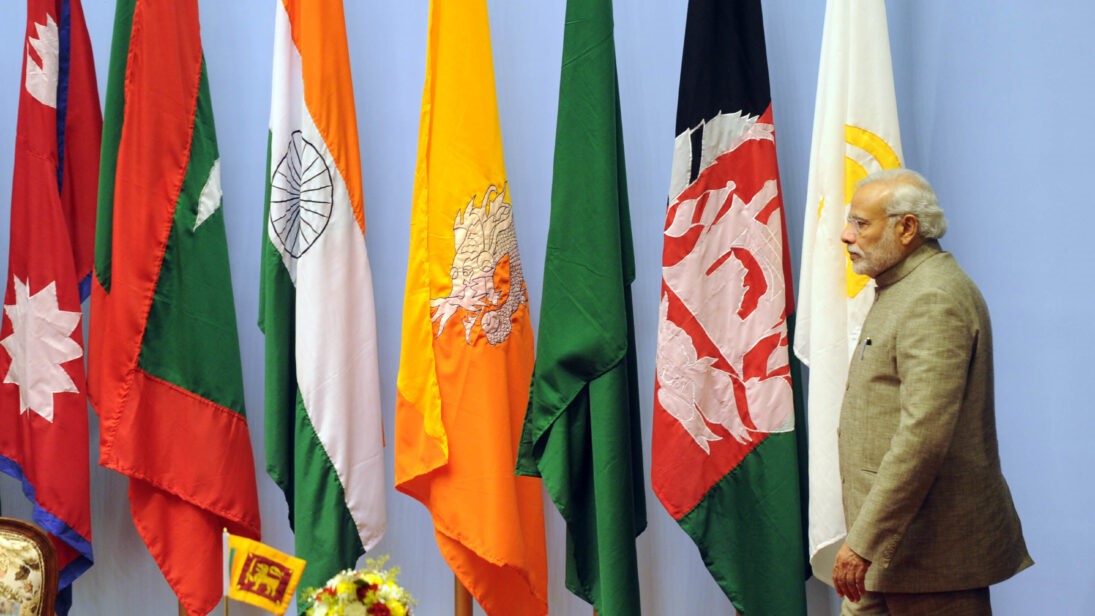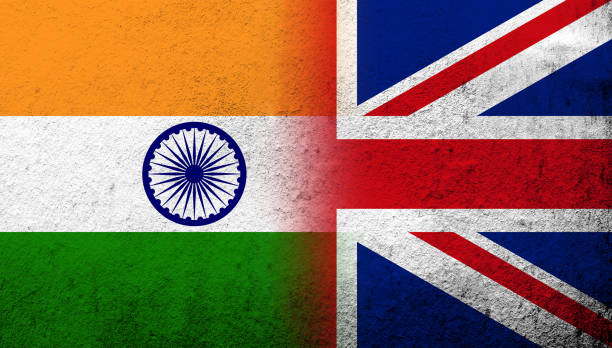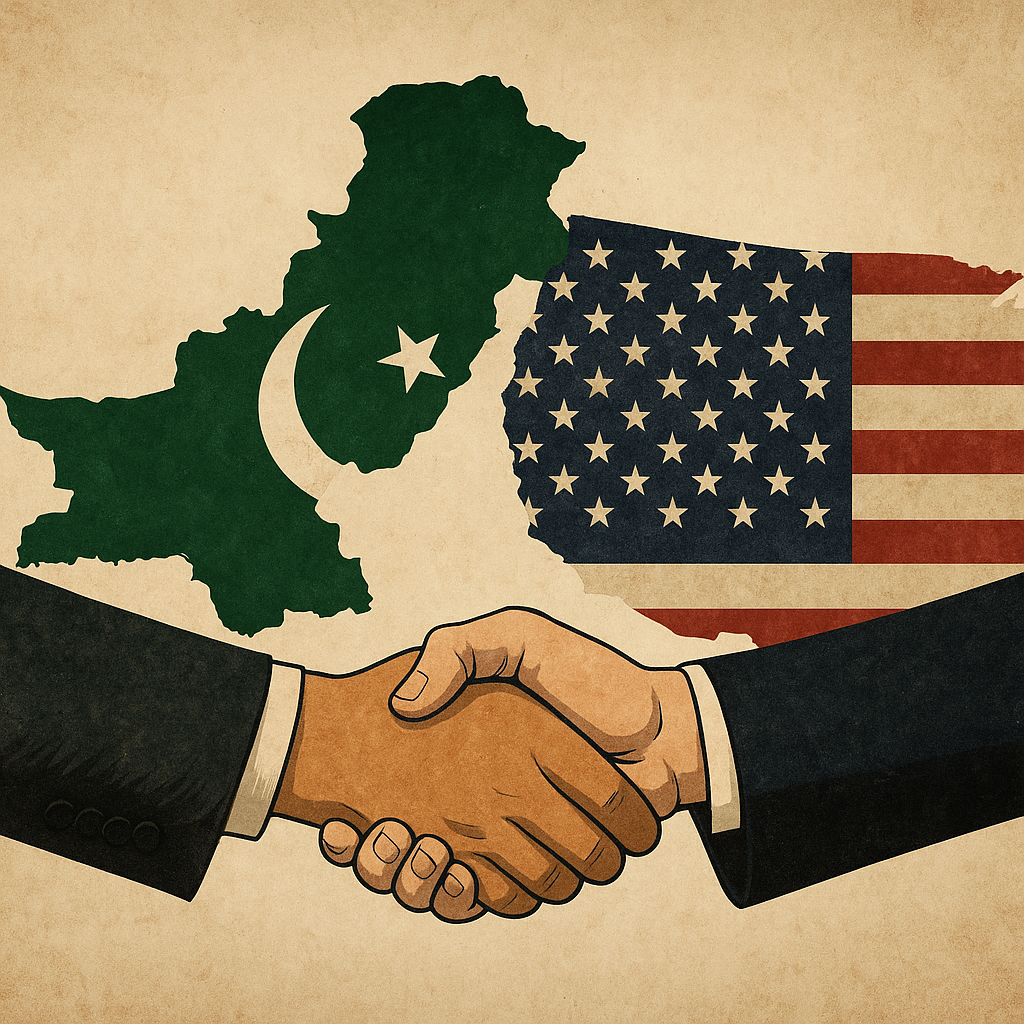Summary: The article argues that India should reimagine clientelism not as a tool of hegemonic control but as a framework for mutual respect, peace politics, and long-term regional stability. By embedding this positive clientelism into its strategic doctrine, India can distinguish itself from China’s coercive diplomacy and rebuild trust in its neighbourhood. Such a recalibrated approach can enhance India’s image as a responsible global power and reinforce its role as the voice of the Global South.
Thank you for reading this post, don't forget to subscribe!Highlights
The article proposes reinterpreting clientelism not as hegemonic dominance but as a strategic tool rooted in peace politics, mutual dependence, and civilisational empathy.
India can offer a contrast to China’s transactional and extractive clientelist strategies by pursuing developmental diplomacy and value-based engagement, especially in South Asia and the Indo-Pacific.
It highlights how India’s civilisational and cultural linkages, if institutionally leveraged, can help create more resilient partnerships, especially with smaller neighbours and Indian Ocean states.
The authors argue that a non-coercive, inclusive model of clientelism aligned with India’s “Neighbourhood First” and “Act East” policies can serve as a stabilising force in a fragmented regional order.
They call for institutionalising a normative clientelist strategy within Indian foreign policy, reinforcing its image as a responsible leader of the Global South and an anchor of regional peace.
Foreign policy is often reduced to the pursuit of narrowly defined strategic interests. Such a reductionist view obscures the long-term strategic thinking in an uncertain international system, where rivals often intervene through informal arrangements like clientelism, thereby leading to clashes of interest. While widely regarded as a patron-client dynamic, clientelism in international relations has typically been framed as a transactional zero-sum relationship anchored in asymmetric power structures. It is frequently perceived as central to hegemonic statecraft in offering aid, developmental assistance, or security in return for political alignment.
In the post-World War II international order, the United States, the Soviet Union before its dissolution at the end of the Cold War), France in African countries, and now China qualify as global hegemons that have deployed clientelism as a strategic instrument. The material aspects that define clientelism as negative, amoral, and narrow interest-based became acceptable over adversarial, coercive, and sanction regimes as part of realpolitik. Since the world is anarchic in nature, such practices have found their meaning as a norm and have been institutionalised over time.
Nonetheless, clientelism does not have to reproduce imperial hierarchies. It can highlight the subtleties of security dilemmas and nuanced hierarchies of power, either regionally or globally. It can be distinguished from a patron-client relationship and achieve strategic utility when its logic moves beyond material asymmetry to also include aspects of safety, autonomy, survival, and common interest that extend from mutual respect, real strategic autonomy, and broader interests. Thus, in this form, it might emerge as a normative form of strategic thinking by evolving from pure transaction around narrow domestic considerations to long-term interactors across states aimed at common strategic alignment.
Peace Politics over Hegemony
This offers India an opportunity to resist the recent pushes to recalibrate its strategic thinking to coercive regional posturing from the earlier normative of peace politics rooted in civilisational values, developmental cooperation and neighbourhood stability, and distinguish the country from hegemonic powers. Recent years of changed foreign policy imperatives signify the long-grappled tensions between its normative commitments and strategic imperatives. Despite consistent challenges, be it domestic, regional, or global, India has often appeared hesitant to assert its influence in any coercive manner. This reluctance was partly a legacy of Nehruvian idealism, which offered a powerful ethical frame but became inadequate in a multipolar world defined by transactional politics.
Peace politics over hegemony will be a redefining moment in serving both power and success, as Kautilya had imagined in his mandala theory. His vision of Upayas or peace strategies can help resolve India’s dilemma within the context and complexities of contemporary clientelism, particularly in its troubled neighbourhood. Kautilya’s mandala theory, which shaped Nehruvian worldview, still resonates with contemporary strategic thinking, particularly peace politics that combines intellectual, physical, and psychological power to achieve larger strategic goals. However, it must be updated to reflect the values of mutuality, ethical conduct, and shared regional goals, which are missing from the ancient realist framework of Kautilya.
India’s recent tryst with the ‘India First’ policy could be a game changer if clientelism brings a positive frame into its enduring strategic thinking. It could provide India with a durable alternative to hegemonic posturing, especially in managing its regional periphery and asserting itself as a responsible leader of the Global South amidst the unpredictable Chinese assertiveness. Such posturing will redefine clientelism as a positive and mutual foreign policy objective against narrow interests.
At the heart of India’s regional challenge under the leadership of Prime Minister Narendra Modi has been its ‘image’ as its traditionally aligned countries like Bangladesh, Sri Lanka, Nepal, and the Maldives, increasingly perceiving New Delhi as a regional hegemon and gradually drifting away from its arc. This has persisted despite India’s considerable development assistance and proactive engagement with these countries. It is rooted in two dynamics: first, India’s perceived dominance, and second, China’s aggressive, often opaque, financial diplomacy. For instance, Bangladesh’s growing assertiveness, Sri Lanka’s economic collapse, strained ties with Nepal, and the Maldives’ alignment with Beijing under Mohamed Muizzu underscore India’s fragile neighbourhood footing. But this can be situational as a turnaround in relations with the Maldives looks visible with Modi’s July 25-26 Male visit.
Despite Prime Minister Modi’s efforts to rebuild trust through infrastructure support, development financing, and soft power outreach, New Delhi’s regional strategy faces systemic limitations. The underlying problem is not capacity, but coherence. Strategy is not just a response mechanism but a forward-looking framework designed to manage uncertainty and build enduring partnerships. Without a clear doctrinal underpinning, India’s adhocism will remain vulnerable to unforeseen regional shifts.
Herein, power can work as a peace mechanism, not just as a hegemonic force. In India’s strategic thinking, its image should matter not merely as an economic powerhouse. Its power needs to be defined by how respectable, acceptable, and responsible it is, rather than coercive. That is crucial to India’s grand strategy. India must envision itself as less anxious in the neighbourhood to become a major and responsible world power, choosing pragmatism with a hostile neighbour through positive clientelism.
Clientelism as a Positive Roadmap
India’s foreign policy under Modi has emphasised dignity, shared prosperity, regional and global security, and cultural and civilisational linkages. Such a combination of normative and strategic goals cannot be achieved unless it becomes a permanent part of India’s strategic behaviour based on a collective and common destiny. In Kautilya’s mandala theory, the neighbour is the most complex for any state, because territorial disputes are common, if not natural. Modi’s neighbourhood policy has been consultative, trust-building through development, and non-reciprocal. It has largely focused on infrastructure, development cooperation, and collaboration on issues serving common interests. This has translated into a series of normative frameworks such as ‘Neighbourhood First’, SAGAR (Security and Growth for All in the Region), and MAHASAGAR (Mutual and Holistic Advancement for Security and Growth Across Regions). These initiatives, rooted in both civilisational and strategic thinking, aspire to redefine India’s role from a traditional power centre to a collaborative regional partner.
Alfred Mahan, one of the best strategic thinkers in the West, considered a nation’s prosperity and global status to be based on maritime dominance. India’s coastline stretches 7,500 km, and 90 per cent of its trade (including oil imports) is via the sea. Therefore, the importance of India’s naval strategy cannot be overstated. Prime Minister Modi said in 2015, during his visit to Mauritius, that the Indian Ocean Region sits at the top of his policy concerns, and that this included working with regional friends on shared economic and security co-operation amongst them, and especially with maritime neighbours. He articulated a vision for an integrated and cooperative regional future, as it offers opportunities for sustainable development. Even though some degree of successes through the developmental plank has been established, Modi’s “peace, stability and prosperity” vision for the Neighbourhood requires formulating a broader strategic thinking process, because without there being a unifying doctrine that provides the framework, it will lack cohesion and risk being episodic. Positive clientelism may offer that unifying theoretical doctrine. Positive clientelism is not transactional; it is primarily a thinking model that promotes a shared developmental purpose and regional strategic trust, rather than immediate interventions and benefits. It relies on a belief and mindset towards power, not utilising power as a coercion tool for returns, but seeing power as a shaping mechanism for inclusive outcomes.
Such a recalibration is crucial in times of regional turbulence. India’s approach must reflect responsibility, respectability, and restraint—traits that allow it to project soft power credibly and avoid the pitfalls of reactive diplomacy.
China’s Encroachment and the Strategic Imperative
India’s principal external challenge remains China, arguably more than the long-standing security dilemma posed by Pakistan. As a rising global power, China’s strategic calculus seeks to constrict India’s regional space through economic entrenchment, infrastructure diplomacy, and security partnerships. Beijing’s engagement with South Asian countries, which are often in direct competition with Indian interests, has created a zero-sum narrative in the region. Just as the United States seeks to contain China globally, Beijing, in turn, seeks to limit New Delhi regionally. Both are civilisational states with deep roots in historical strategic culture. India-China relations remain fraught, and a secure, stable, and ascendant India is not in China’s strategic calculus.
In 2024, India’s External Affairs Minister articulated India’s ‘Neighbourhood First’ policy as a vision for all. From humanitarian assistance in Afghanistan to development projects in Bangladesh, maritime cooperation with the Maldives, infrastructure support in Myanmar, development aid in Nepal, and financial assistance to Sri Lanka, India has consistently provided concessional credit lines to its neighbours. However, despite such efforts, it lacks the financial firepower to match China’s assertiveness, whose economy is nearly five times bigger. Consequently, India’s generous assistance has failed to significantly improve its image in Bangladesh, the Maldives, and Nepal. This is not solely India’s failure, but given its regional stakes, it cannot afford to respond with nationalistic pride or punitive diplomacy. China’s capacity to damage India’s regional interests is real, and concessional finance alone may not suffice if neighbours drift further into Beijing’s orbit.
In this context, the answer is not to replicate Beijing’s model, but to differentiate from it. India must build a strategic reputation as a trustworthy partner by offering sustainable development, political non-interference, and cultural affinities, which are components that transactional Chinese investments often ignore. It is through this positive clientelism that will allow India to harness its normative capital, which includes democracy, pluralism, and civilisational diplomacy, as strategic assets. Rather than treat neighbours as peripheries to manage, India must view them as co-authors of a shared regional future.
The Way Forward
India should stake its developmental outreach in a larger strategic framework which balances interests and moral obligations, because a foreign policy exclusively oriented around a narrow vital self-interest can potentially become deadly. Moral and ethical dimensions are still relevant; they help create the identity of a socially responsible power. New Delhi cannot prevent domestic upheavals of neighbouring states, but it can develop flexible anticipatory frameworks that lessen spillovers. Recalibrating this policy approach allows India to avoid coming across as either detached or framed as a reactive state, and allows it to contemplate how it can be a true net security provider and the voice of the Global South.
India’s civilisational sensibilities can also be strategic, provided clientelism is deployed as a principle of engagement, not charity. Development should not remain a non-reciprocal gesture. India’s strategic thinking must align with the pursuit of a shared destiny, where peace politics is a strength. As such, clientelism can offer a viable model when redefined through peace politics. It neither undermines state autonomy nor imposes ideological conformity. Rather, it offers strategic assurance rooted in trust and shared growth. Such a model may not rival China’s scale, but it offers something Beijing cannot, which is credibility.
The views expressed are the authors’ own.




